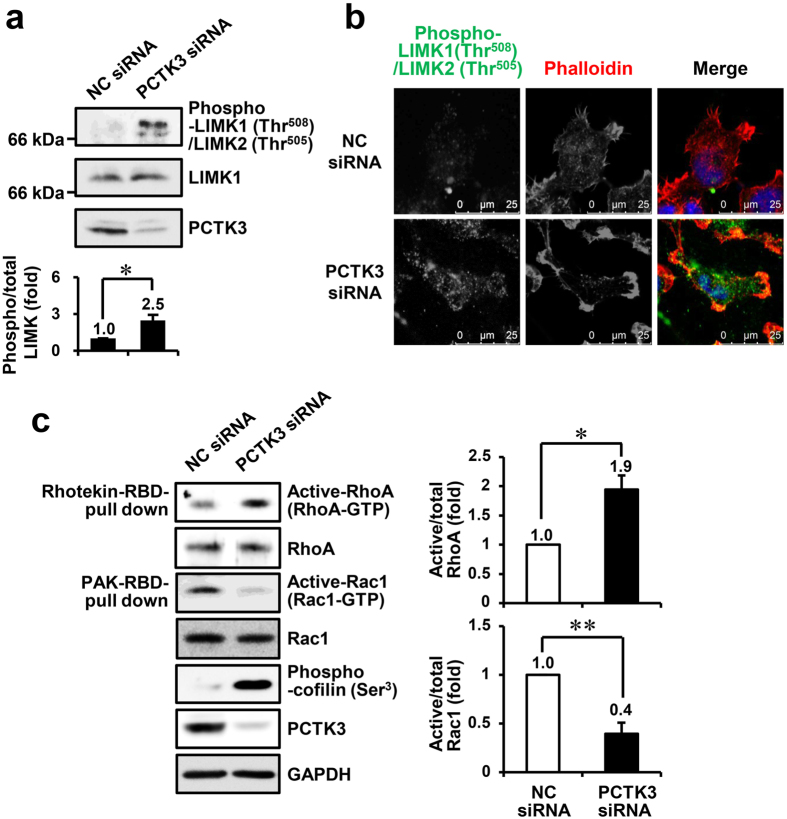Figure 2. PCTK3 knockdown increases RhoA activity and decreases Rac1 activity.
(a) Cell lysates of HEK293T cells transfected with negative control (NC) siRNA or PCTK3 siRNA were subjected to immunoblot analysis using anti-phospho-LIMK1 (Thr-508)/LIMK2 (Thr-505), anti-LIMK1, and anti-PCTK3 antibodies. The levels of phosphorylated LIMK1 (Thr-508)/LIMK2 (Thr-505) were normalized to total LIMK levels. The phosphorylation of LIMK1 (Thr-508)/LIMK2 (Thr-505) in NC siRNA-transfected cells were taken as 1. Results are expressed as means ± S.E. from three independent experiments. Statistical significance was determined by Student’s t-test. *p < 0.05. (b) HEK293T cells plated on poly-L-lysine-coated coverslips were fixed, and then stained with anti-phospho-LIMK1 (Thr-508)/LIMK2 (Thr-505) antibody (green) and Alexa 555-conjugated phalloidin (Red). Hoechst nuclear staining is represented in blue. The images were captured by using a 63× objective lens. (c) PCTK3-knockdown cell lysates were incubated with Rhotekin-RBD or PAK-PBD beads. The active RhoA and Rac1 bound to the beads were subjected to immunoblot analysis using anti-RhoA and anti-Rac1 antibodies, respectively. Relative activities of RhoA and Rac1 were normalized by the RhoA and Rac1 protein levels in corresponding cell lysates. The activities of RhoA and Rac1 in NC siRNA-transfected cells were taken as 1. Results are expressed as means ± S.E. from three independent experiments. Statistical significance was determined by Student’s t-test. *p < 0.05 and **p < 0.01.

